
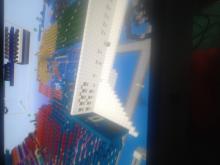
The CPU can add up to 30 and subtract. It has opcodes like invert A, invert B, Cin, cut carry, shift left, invert output, and flood carry. The opcodes have a combination to do different logic functions in the book found next to the inputs. The cpu is built of of a RCA ALU, 4 bits of RAM, decoders' and 7 segment displays. To calculate, It takes a total of 80 ticks (Or 8 seconds.)
There are 4 buttons labeled 1, 2, 4, and 8 that will be sending data both registers A and B. The next lever over is to switch between the registers so they don't all go at once. The clock must be on in order to update the data at the end of the ALU. Once you got the inputs sent, there will be 7 segment displays that will show the output after it has been calculated. Once you are done, there is a reset button that will return everything to 0. The opcodes are best used in the binary output since it can show a better example when using different logic function. The last button labeled "Receive output from RAM" is able to send the output of the ALU back into the registers (the register must be empty for it to work.) That is basically all the CPU has to offer at the moment.

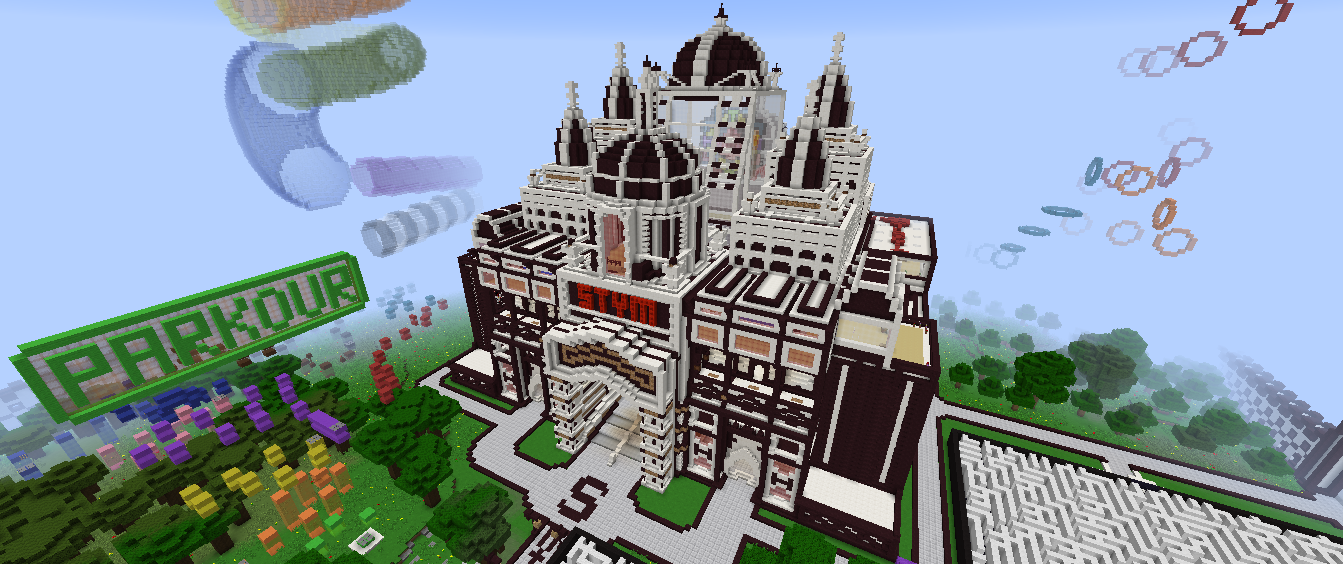
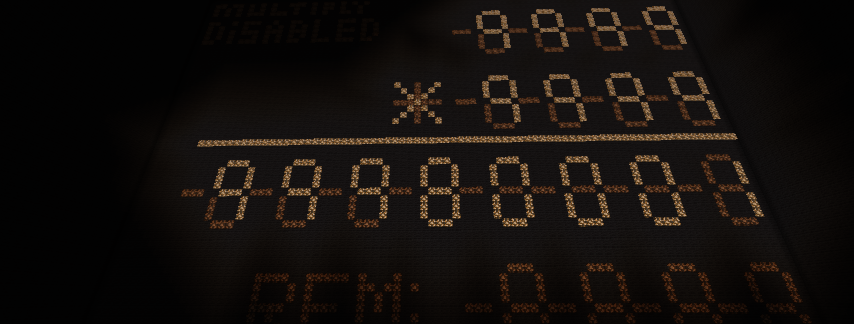

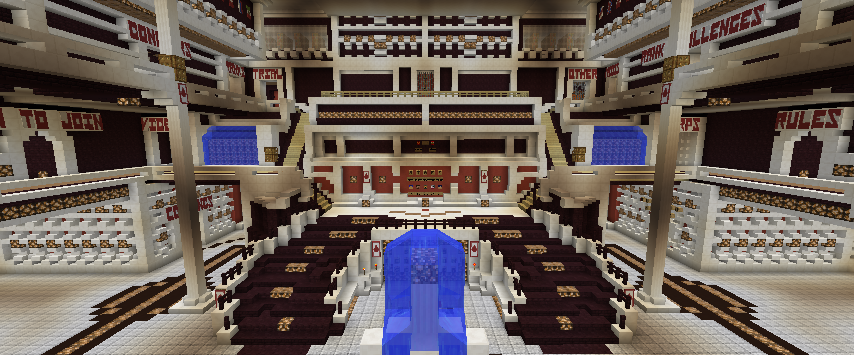
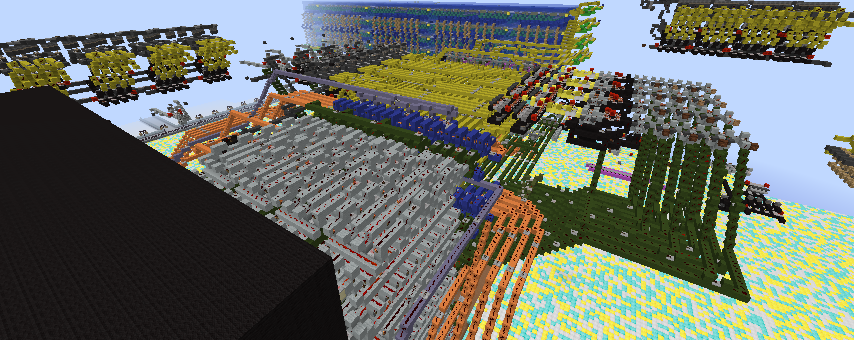
Comments
Accepted
Well done; however, I wouldn't quite call this a completed CPU. Now that you are regular I would suggest looking into adding a control unit and instruction memory for program writing. Other than that well done!